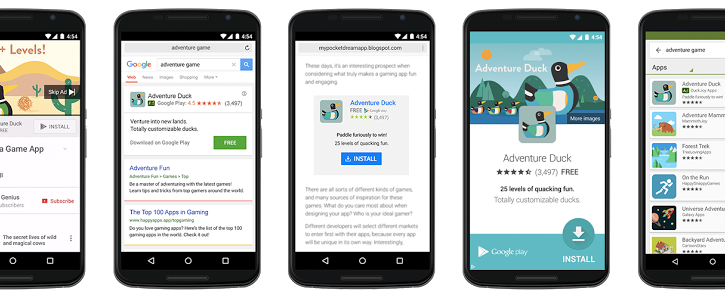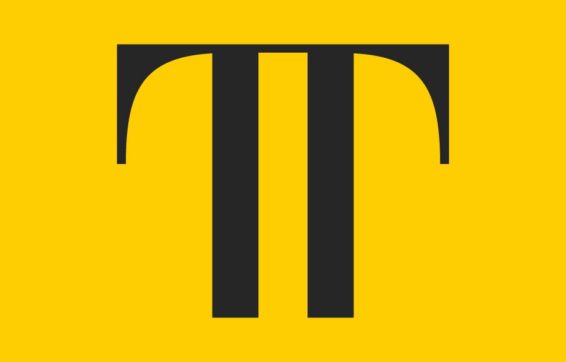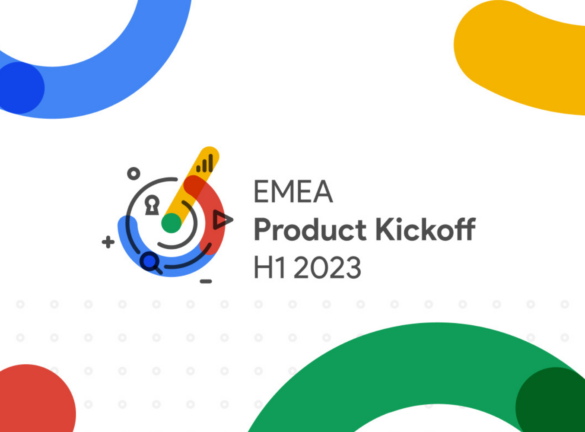
Goodbye app-install campaigns, Hello universal app campaigns
Google has been extolling the benefits of automation and their machine learning algorithms for a while now with target CPA, enhanced CPC, dynamic display ads and UACs. But this week Google has announced that their promotion of UACs is going to the next stage.
As of 16th October, Google will be removing the ability to create new app-install ads, and as of 15th November, all existing Search, Display and YouTube app promo campaigns will stop running. Google have released a blog on how to most efficiently make this transition, but what are advertiser’s concerns with this move away from the control we have with app-install ads?
Considerations
The benefits of UACs are their simplicity and the ease in which anyone can set them up. You can automatically target many marketing channels through one campaign with limited settings (four ad text ideas, YouTube video, location, language, budget and target CPI).
My main frustration with using UACs in the past is that you can’t see placement reports so you are forced to trust in Google’s machine learning algorithms which analyse more than 300 million potential signal combinations in real-time. There has been a strong focus on automated placements after recent reports of ads appearing on controversial sites but I’m not sure advertisers will be 100% comfortable with this total removal of control over placements and the option to review and negate certain sites or apps. The question of brand safety is always a crucial one and we need to be able to assure clients that their brand is being shown alongside the right content. I’m all for automation if it makes our lives as account managers easier and improves campaign performance, but if transparency is traded in for automation then data-hungry analytics teams are going to find it hard to swallow. With this complete shift to UACs however maybe we should be comforted by Google placing so much trust in their advancements of machine learning and accept that this is another way in which our working day-to-day is being made easier. After all, we have seen some excellent performance at driving installs from UACs. Install volumes have proved healthy and cheap but again, another issue has been with less success on driving post-install events which is in most cases where marketer’s profits lie.
My other frustration using UACs came from reporting capabilities and testing. Reporting is limited to campaign, location, time, network (i.e. Search, YouTube or Display) and device so providing insights for clients is limited. For UACs you input four ad text ideas and machine learning will assess millions of signals to determine which creative combinations are likely to perform best in each instance. The issue with no visibility on the performance on these combinations however raises the issue of when to review the creative used and introducing new ones based on learnings. In PPC we are constantly testing ad copy variations, and whilst we do use automation on ads, we are constantly reviewing and refreshing the content. If advertisers are using a combination of regular search ads and UACs then the former can feed performance data into the latter, however, this becomes a problem if app-install ads are the only campaign type being used.
The future
With the launch or promotion of any app, whilst installs are fundamental, it is often the post-install actions that drive profits. Google are developing UACs for events which aim to find users who will perform a selected action after the install. Whilst app installs are crucial for later actions, instead of driving hundreds or thousands of varying quality installs, Google argues that it’s machine learning capabilities can bring the right users to the app, which is ultimately the most beneficial for ROI.
Algorithmic learning is becoming more sophisticated each day and Google is pushing us to embrace this more and more by removing the ability to use app-install campaigns. Undoubtedly with these concerns over UACs capabilities will come a wealth of literature and new features from Google to ensure users are getting the most out of their UAC campaigns.
Whilst UACs remove some control from agencies and advertisers, we can monitor fluctuations in CPCs and CPIs and keep an eye on spend allocation and volume between platforms. This change is imminent. Benchmarking current performance and getting under the skin of exactly how UACs work is vital to managing client expectations if you’re having to make this transition from app-install to UAC.






